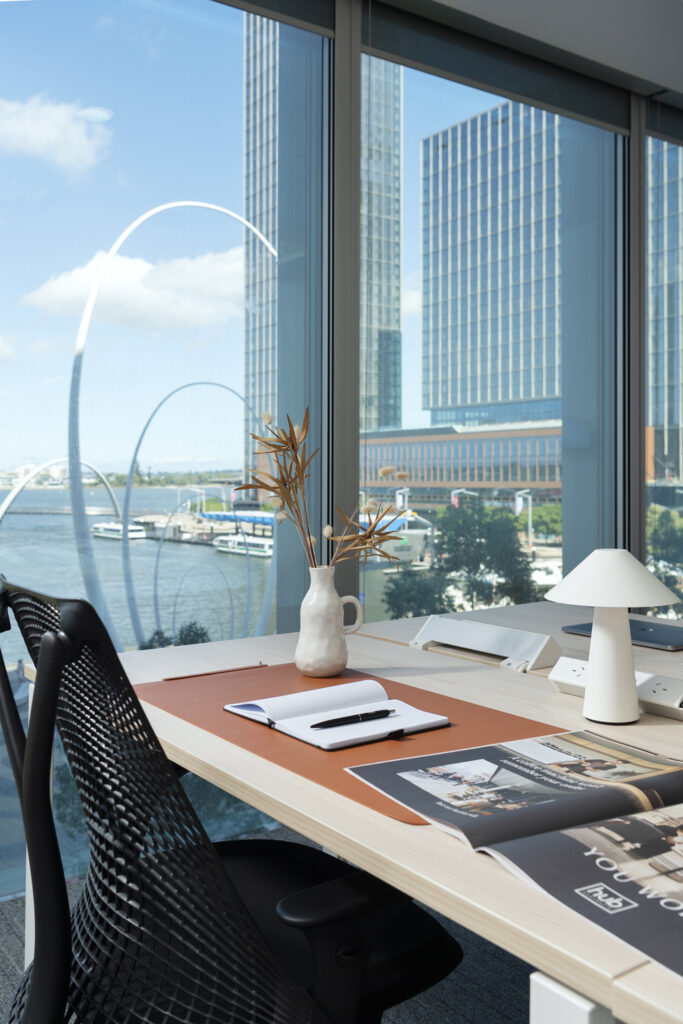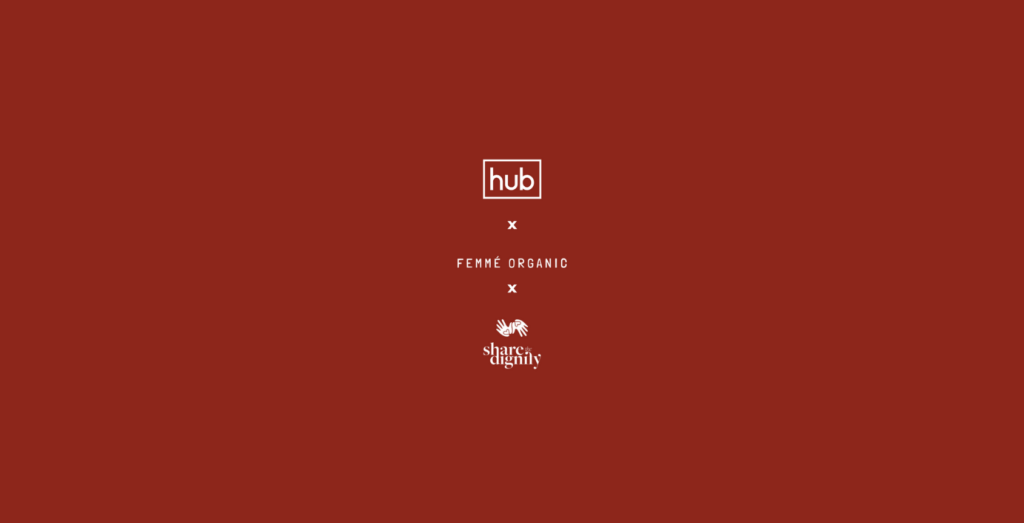Office design has tended to focus more on basic functionality rather providing an experience. In the move towards flexible work and a more liberated workforce, employees now expect more when it comes to their workspace. It’s not enough to provide desks and chairs, and hope for the best.
“Workspace design is no longer about the workspace, and the traditional office of old is no longer fit for purpose.” – John Preece, Chief Property Officer at Hub Australia
Knowing how office design impacts workplace culture, productivity, and even satisfaction at work is something that coworking operators are well versed in.
After all, why would you or your employees want to make the commute into an office that doesn’t add value to your life?
In the beginning stages of office design, it’s imperative for designers to think about the people who will be using the space. This is a concept commonly known as human-centric design.
Without human-centric design being considered when putting together the interiors of an office, the space won’t serve its purpose.
So, what is human-centric office design?
A human-centric workspace considers the needs of the workers who will be occupying it.
Instead of providing a one-size-fits-all solution, it offers a range of spaces for all the ways to work and amenities that genuinely contribute to quality of work life.
Office design is often thought of as the aesthetics of a space, but really it’s about providing solutions to improve the experience of coming in to work. Human-centric design takes this philosophy one step further, placing the needs and wants of people at the centre of the design process.

From the office layout, to secure bike storage and a front desk housing a friendly concierge, human-centric design makes sure that the end result of office design is not only visually appealing, but also genuinely beneficial to the employees using it.
The thing is, you’ll likely not find human-centric office design in too many places, unless you’re working from a coworking space. Since coworking spaces first sprung on the market, operators have utilised skilled design teams to ensure their spaces elevate the workspace experience for employees.
What are the features of an office with human-centric design?
Mixed-use office layout
When it comes to the design of office spaces, layout is king. It’s also something that coworking spaces in particular place a lot of importance on.
It’s often assumed that shared workspaces are all open plan, with almost too much opportunity for socialising and collaborating.
While part of good office design is the the collaborative spaces on offer, human-centric design makes sure to include private spaces for quiet working, one-on-one conversations, and meetings.

In a coworking or shared office space, this can look like soundproof pods, ample private meeting spaces, breakout spaces for brainstorming, private offices, and couches.
The layout of a well-designed workspace is intuitive. Key people-facing services and amenities – things like a concierge and café – are the first things people see when they walk into the space. Larger offices and spaces for ‘deeper’ work sit further away from the hustle and bustle of foot traffic.
Quality amenities that are genuinely useful to employees
An office space without a high standard of services and amenities on offer will likely sit empty.
“The workspace has become a hospitality venue centred on user experience in the same manner that hospitality venues like hotels, resorts, and restaurants have customer experience as the central objective. This means amenities provided and, importantly, the hospitality-led service overlay are all critical factors.” – John Preece, Chief Property Officer at Hub Australia
This offering can look different depending on the space and the types of businesses inhabiting it. No matter the office, though, all well designed spaces should have the same underlying purpose of providing a personalised experience with features that employees are actually looking for.
This could look like having a dedicated concierge to help tenants with any administrative tasks and welcoming guests, luxury serviced meeting spaces, safe and secure bike storage, and the convenience of end-of-trip facilities for occupants to freshen up after a long ride.

And, let’s not forget about the social aspect: regular social and networking events, educational workshops, and happy hours to help like-minded professionals connect.
All of these amenities work together to create an environment that fosters both professional and personal growth, and allow employees to become their best selves at work.
Design inspired by nature and surrounds
Plants, plenty of natural light, and natural tones are not only used to create a pleasant aesthetic. The presence of plants has been found to reduce stress and increase concentration, while natural light is known to improve mood and reduce symptoms of Seasonal Affective Disorder experienced by people.
By incorporating natural elements into the design of a workspace, it not only looks good: it also fosters creativity and productivity, and creates a comfortable atmosphere.

Some coworking spaces incorporate design that responds to the context in which the workspace sits. Whether you’re in a heritage building or part of a new build, there’s an almost endless amount of landmarks, culture, and unique features that – when considered in the design process – can connect you to the suburb and community you’re working from.
For example, when it came to design of Hub Flinders Street, the architectural firm we engaged with – Hassell – was inspired by the inter-connected streets and laneways and the urban skyline nearby.
“With 360-degree views across the city that bring the outside-in, it was important that the design reflected the diverse and visually rich exterior by celebrating and connecting to the city. Hub Flinders was designed to suit modern Melburnians and the evolving businesses they want to work for.” – Domino Risch, Principal at Hassell

Why is human-centric office design so important?
According to John Preece, it’s all about making the commute worth it:
“In the flexible world of working we are now in, individuals no longer have the imperative to go to a central place to do their work, so the venue created needs to magnetise them and create the desire to go there.”






